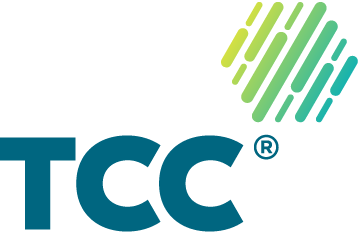GMP Equalisation: what you need to know
Following a High Court ruling, pension schemes will need to revisit 30 years' worth of transfers to check whether members lost out as a result of GMP.
First, let’s look at the story so far…

The Government acknowledged that GMP benefits, and the statutory methodology for calculating them, are unequal for a number of reasons. As such, it accepted that GMP accrued post 17 May 1990 must be equalised in line with other pension benefits.

This was set in motion by the landmark ruling that meant schemes were required to equalise pension benefits to account for the impact of GMP. Although this did raise a number of questions around what this meant for redress calculations on pension transfers, leaving a number of projects in limbo.

Two years on, and the industry finally got clarification, with the High Court ruling that schemes must revisit historic CETV’s on transfers out. Where the member lost out as a result of GMP, a top-up payment must be made.
Your questions answered
We’re unlikely to get any further guidance from the High Court around how schemes can adhere to the judgment. So, our pension redress experts are on hand to answer the industry’s most burning questions.
Do all transfer values needs to be revisited?
Trustees of all Defined Benefit (DB) schemes should revisit and top-up CETV’s if any additional value is due. Rectifying members’ positions is a costly and administratively complex road to travel, but proactively addressing liabilities reduces your long-term risk.
Some transfer cases are nearly 30 years old. What about the statutory limitation period?
While some scheme rules may have a clause suggesting that benefits are lost if not claimed within 6 years of becoming due, this ruling has no time limit, so schemes won’t be able to rely on that.
What's the impact on redress calculations?
The additional GMP benefits will be calculated in accordance with the methodology from the 2018 judgment. The top-up payment is the shortfall between the original transfer payment and what would have been paid if benefits had been equalised at the time, with interest at Bank base rate plus 1% each year.
Where transfers are found to be unsuitable, additional redress might be due for the difference between the top up payment and the value of the additional GMP equalisation benefit. There’s no guarantee of this – in fact, there’s already questions being raised as to whether advisers can be held liable, bearing in mind their transfer advice would’ve been based on the benefit and CETV provided by the trustees, and not the additional benefits. But where further redress is due, the value is calculated in accordance with current guidance from the FCA contained in FG17/9.
The biggest impact for members, though, would be the time it could take to receive payment. Redress can only be calculated after the top-up payment has been made and additional GMP benefits have been determined. This whole process can take years.
What does this ruling mean for Defined Contribution and personal schemes?
This judgment only impacts DB schemes. Trustees of DC schemes and personal pensions don’t need to do anything unless they received a top-up payment from a transferring scheme.
What is the receiving scheme no longer exists?
There’s a number of potential snagging points for schemes. Many trustees find that the data simply doesn’t exist anymore. For others, the receiving scheme has either closed down or the member no longer holds benefits in that scheme. In this instance, it’s up to the transferring scheme trustees to liaise with members directly and agree an alternative solution.
What's the impact of Brexit?
GMP Equalisation came off the bank of EU and UK anti-discrimination laws. Leaving the EU at end of the year is unlikely to change the UK government’s position on this.









